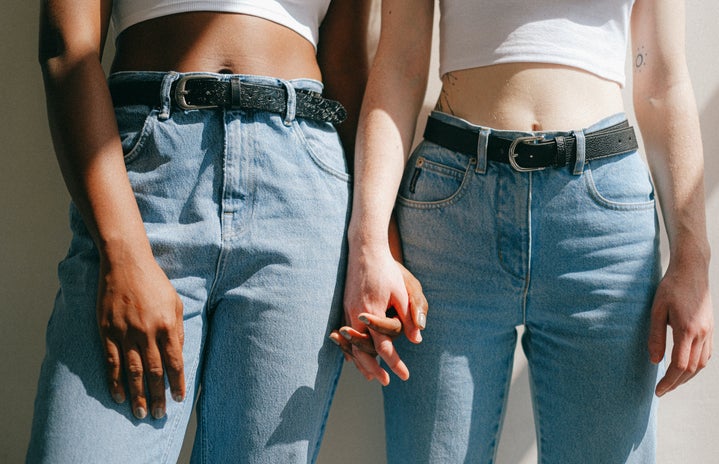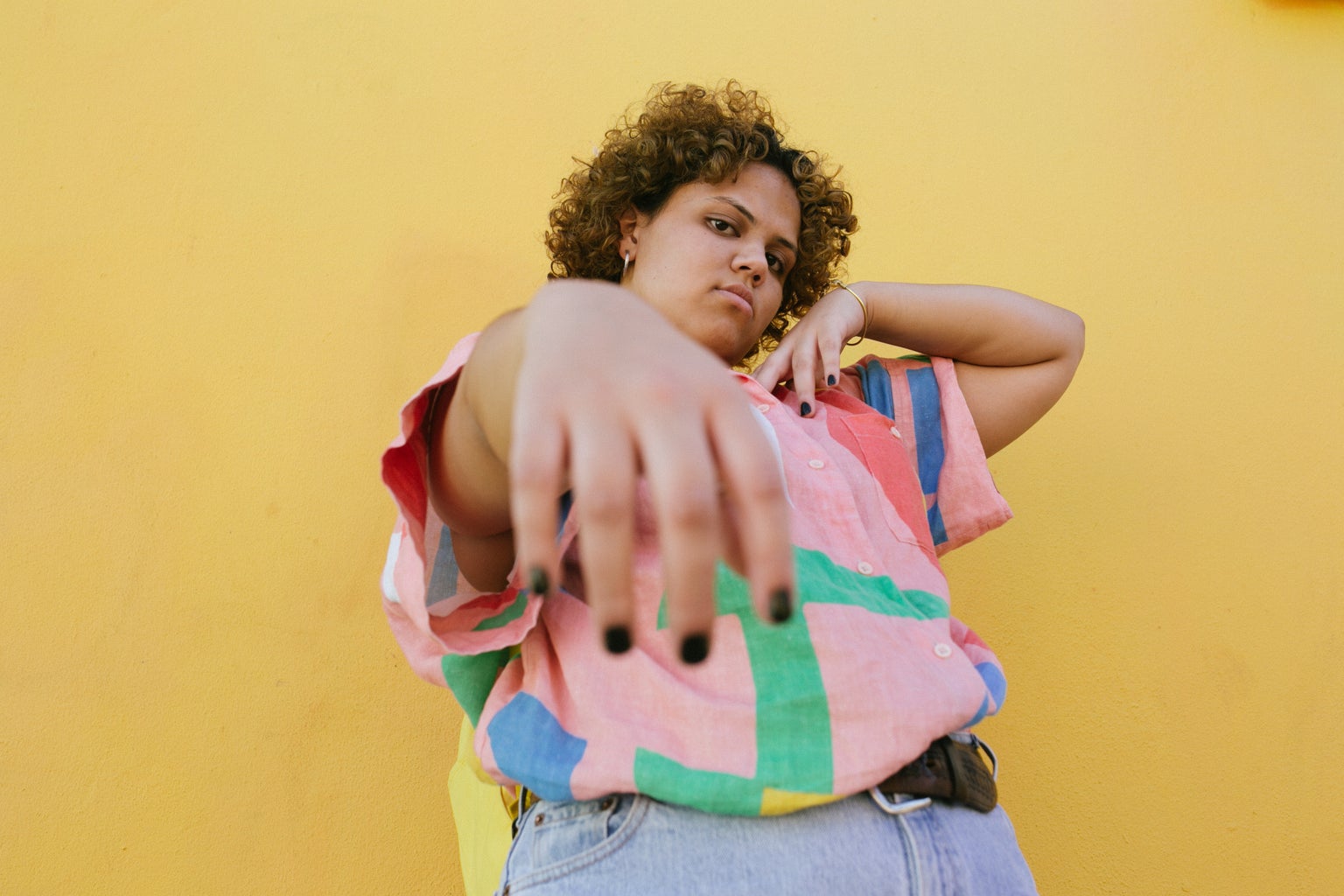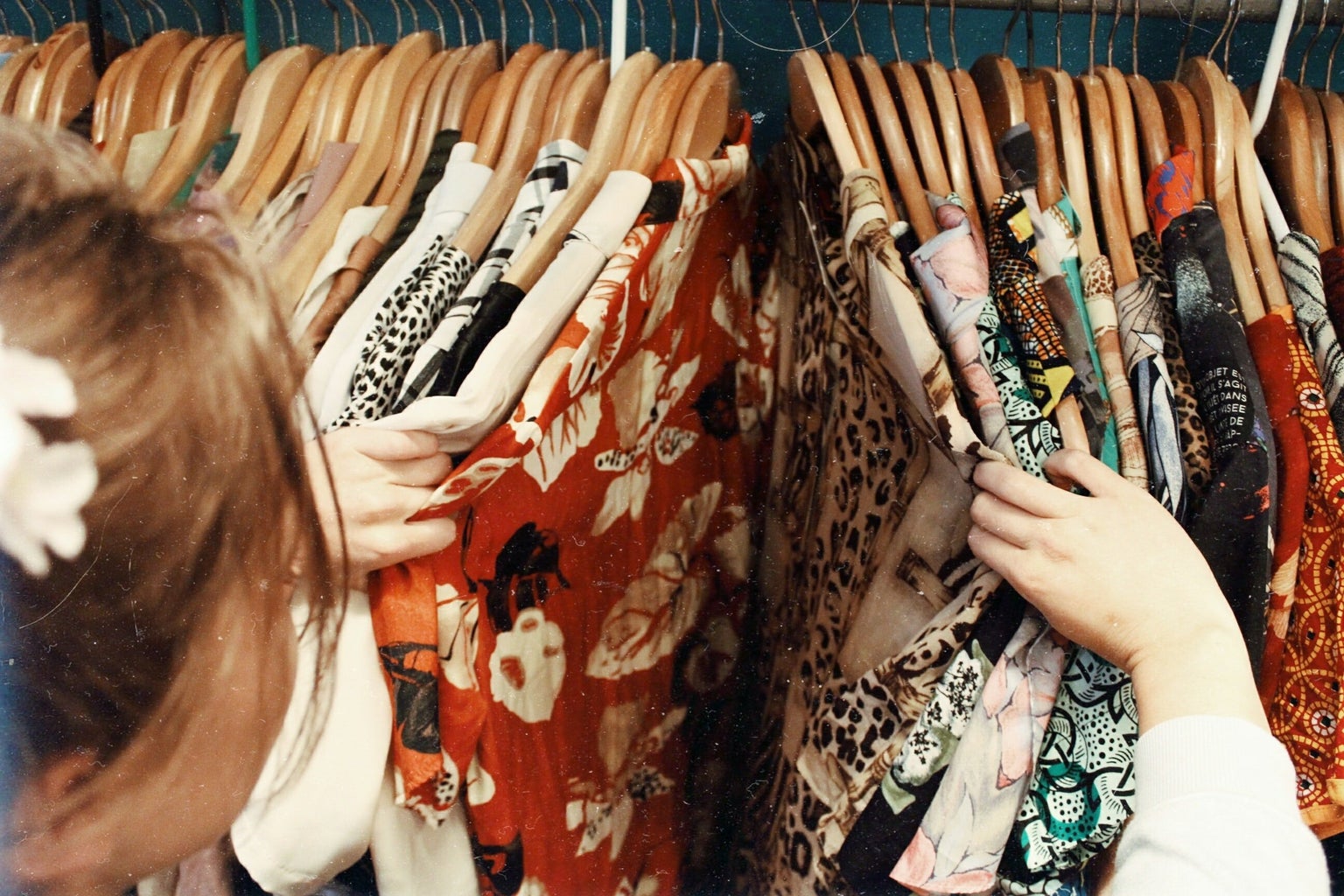Fashion plays a pivotal role in finding identity. Whether you prefer dressing in a feminine, masculine or androgynous style, there are options for you.
Queer fashion has a deep history that can be traced to the early 1900s. Different signifiers were used before it was publicly acceptable to be openly queer.
Before carabiners and cuffing your jeans were signifiers of being queer, there were certain colors and items people wore to show that they were LGBTQ+ identifying. These were subtle hints to other LGBTQ+ people.
In the 1890’s, playwright and author of “A Picture of Dorian Gray,” Oscar Wilde created the signifier of wearing green carnations on your lapel. If a man wore the green carnations, they were hinting to other men that they were gay.
The LGBTQ+ community was founded on resistance so it is no surprise that the history of queer fashion had resistance movements within.
The “anti-fashion” movement was created by lesbian feminists who wanted to dress against the male gaze; away from the stereotypical female dress. This included dressing in baggy clothes and leaning into androgynous style.
Flagging was one of the biggest queer fashion staples and still continues to be. Flagging is the act of wearing a certain accessory or fashion piece that hints to other queer people that you are queer too. The act has evolved throughout the decades but remains an essential.
Flagging came in different forms but the “hanky code” or wearing bandanas were most popular. This was a quick and defining way to make it known you were not straight, and depending on your gender identity, who you loved.
The placement on the body, which side it was on, the color and more, acted as signifiers and meanings. The hanky code was more targeted towards gay and bi men which let their potential partners know their preferences when it came to sex.
Lesbians historically flagged with keys hanging from their belt loops, the same as many do now. The traditional flagging meanings corresponded to the side the keys were clipped onto, acting as a sign of what people preferred in bed–top or bottom.
A new kind of flagging has been introduced in the past few years which specifically validates femme lesbians. It can be a struggle for some queer femmes to express themself in a way that is inherently “gay” and can be noticed by other queer people.
Flagging manicures is using those same practices of carabiners and colored bandanas but as nail polish. Different colors painted on the middle and/or ring finger indicated different kinks or who they were attracted to. For example, pink and silver meant “femme for femme”, a feminine person/lesbian who likes other feminine people.
Unfortunately, the mainstream has turned these flagging methods and colors into something not as special. According to an article from Queer Events, “The one potentially fatal flaw of the finger-flagging system is the two-toned approach to nails has become a larger, mainstream trend among straight women as well… some women paint their nails different colors because it’s pretty.”
Co-opting of queer fashion trends can also be seen with the popularization of men getting their ears pierced because it looks cool, while in the gay community it showed if you were queer or not.
Ways to Dress Queer
What might feel good on one body might not feel good on another. Experimentation is a big part of queer fashion so find out which pieces make you feel the best.
For a more masculine-presenting person, try out a colorful or patterned button up! This will show off your vibrant personality without even saying a word. If colorful button ups are not your style, try a collared button up with a sweater over top for a cozy feel.
If it’s warmer where you are, try some board shorts or five inch inseam shorts that show off your legs without being too short.
For the more feminine-presenting people, fun makeup could be your go-to! Fun eyeliner or a bold lip could help you embrace your femininity.
Dangly earrings with a funky twist could also be an expressive signifier that you are LGBTQ+. It has ramped in LGBTQ+ fashion trends in the past years and big companies, such as Amazon, sell huge packs. You can also search “fun earrings” or even “gay earrings” on Etsy and find some very fun and cute earrings made by small businesses.
If you lean more towards the androgynous side, mixing femme and masculine pieces in one outfit could be for you. There are unlimited possibilities for how you can style different pieces in your everyday lives.





